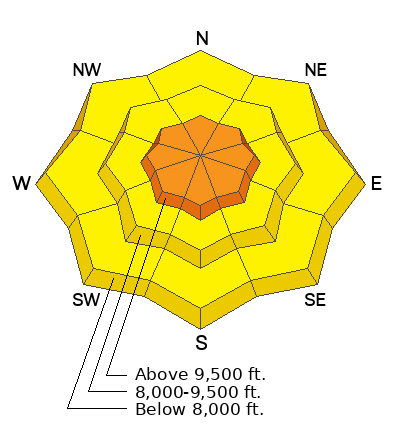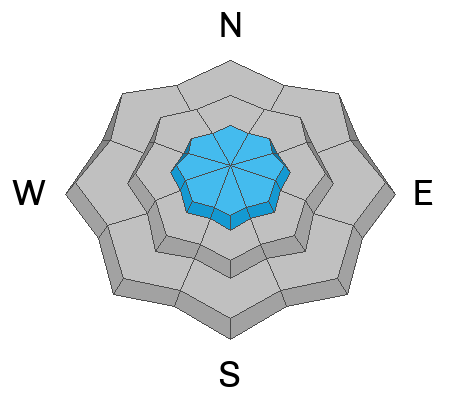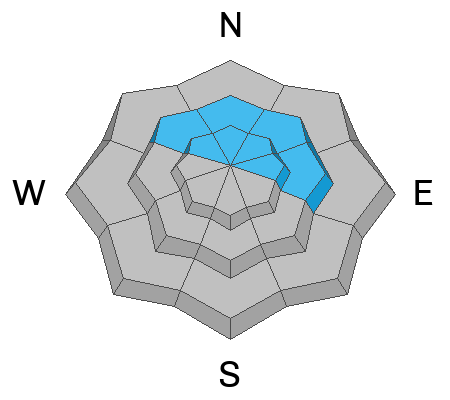Forecast for the Provo Area Mountains

Issued by Dave Kelly on
Tuesday morning, January 17, 2023
Tuesday morning, January 17, 2023
The avalanche danger is CONSIDERABLE at upper elevations where there will be more wind drifting. You can expect to trigger avalanches in the new snow on all aspects. The avalanche danger is MODERATE at mid and lower elevations where there has been less new snow.
With increased snowfall rates throughout morning, I would expect to see natural and human triggered avalanches running on density changes in the new snow.

Low
Moderate
Considerable
High
Extreme
Learn how to read the forecast here









